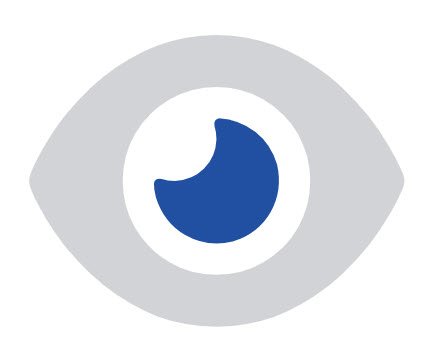In the US, planning customer journeys in direct to consumer pharma marketing is an interesting proposition. Each stage of the journey has its own influences and potential disruptions. We can advertise and try to influence consumers and encourage usage of medications. We can bring the patient into a program and continue to influence them, reward them, and keep them compliant. At the same time, we can provide education on their condition and potentially help someone get better informed about their health – a rewarding feeling for any marketer.
Years ago, I was working on many pharma clients and their respective CRM programs. It became obvious that there was a shift toward understanding the patient from a company perspective, rather than from individual brand teams. This “cradle to grave” approach allowed companies to understand their patients and their needs as they moved through life. The profiling potential is considerable, but there is a fine line in how information can be used from brand to brand. For example, brand X could learn that the patient has recently hit another lifestage, which could open the door to a new indication or another product entirely, but it may not be possible to use the information due to regulatory compliance.
Then another shift occurred, where many pharma companies stepped away from the philosophies of CRM and patient retention programs and moved to awareness mode. I saw this from personal experience working on some of those teams, but also as a prospective and/or actual patient. Like many pharma marketers, I was signed up for just about every drug and condition known to man, and it seemed that many communications came to a grinding halt.
On the physician side, it is easier to envision a relationship between the pharma company and individual physicians. Sales reps have been calling on physicians for years, looking to sell their portfolio of products. While digital platforms have taken over much of the rep’s function, the principles are the same. It doesn’t make it any easier though, since the physician’s time is still at a premium and getting their attention is still a challenge.
Fun facts:
Video is rapidly becoming the first choice of consumers who want to learn something; “how to” searches increase by 70% year over year on YouTube. 66% of smartphone users learn more about what they see in a TV commercial on their phones.[1] 67% of users will leave a mobile application if it takes too many steps to get to what they need. 45% of diabetes patients use mobile tools to track their activities
Changing Times:
It seems probable that rising costs of health insurance and health care are keeping people from the doctor. Since ACA took effect, the uninsured rate has dropped from 18% to 10%[2]. No matter what changes lie ahead, the policies that are available may not make it affordable to see the doctor on a regular basis for healthy checkups. This means that more people will look to other sources for health information, making content a priority for pharma marketers. Content that is reliable and trustworthy, updated frequently and easily shared on social networks.
Marketing automation can help drive the right content to the patient, if the data collection methods are in keeping with legal and regulatory. Video is an easy way to provide information, and desired over printed content in many cases.
Mobile is incredibly important for healthcare marketing. eMarketer estimates that 40 million internet users are mobile-only in 2017, compared to 17.9% at desktop-only[3]. Given how we look for information today, health concerns could be searched at any time of the day; sitting in the doctor’s waiting room or on the train commuting to work.
The Break Points
The challenges in pharma when it comes to a customer journey are quite different from other industries. The patient watches a TV commercial and thinks that the medication could help them. They got to their doctor, their trusted advisor, who may recommend something entirely different. And their insurance company may not pay for the branded drug, and insist on generic. Increasingly patients are asking for specific products by name due to DTC advertising. In the survey “Millennial Mindset: The Collaborative Physician”[4], millennial physicians are less likely to prescribe what the patient requests as compared to older physicians (23% vs 41% respectively).
According to the survey, the collaborative millennial physician may be more likely to ask the patient to do research themselves prior to appointments. Where physicians find value with pharmaceutical companies is their discussion guides and adherence support.
Which takes us full circle, back to the need for trusted and reliable content, along with patient relationship and retention programs. At the end of the day, healthy outcomes are most important to patients and their caregivers, as well as insurers and employers. With so much self-serve information needed, pharma marketers have the opportunity to provide information and support their brands at the same time. The key to preventing disruption is relevance; providing help and assistance at a time when we most need it.
See previous installments:
Breakage in the Customer Journey Part 1
Breakage in the Customer Journey Part 2 – Consumer and Automotive
Breakage in the Customer Journey Part 3- Retail
Breakage in the Customer Journey Part 4 – Financial Services
[1] Think with Google, Google Consumer Surveys, 5/15
[2] January to September 2016, Health Insurance Survey, CDC
[3] eMarketer, US Digital Users: The EMarketer Forecast for 2017
[4] InVentiv Health, June 2016
